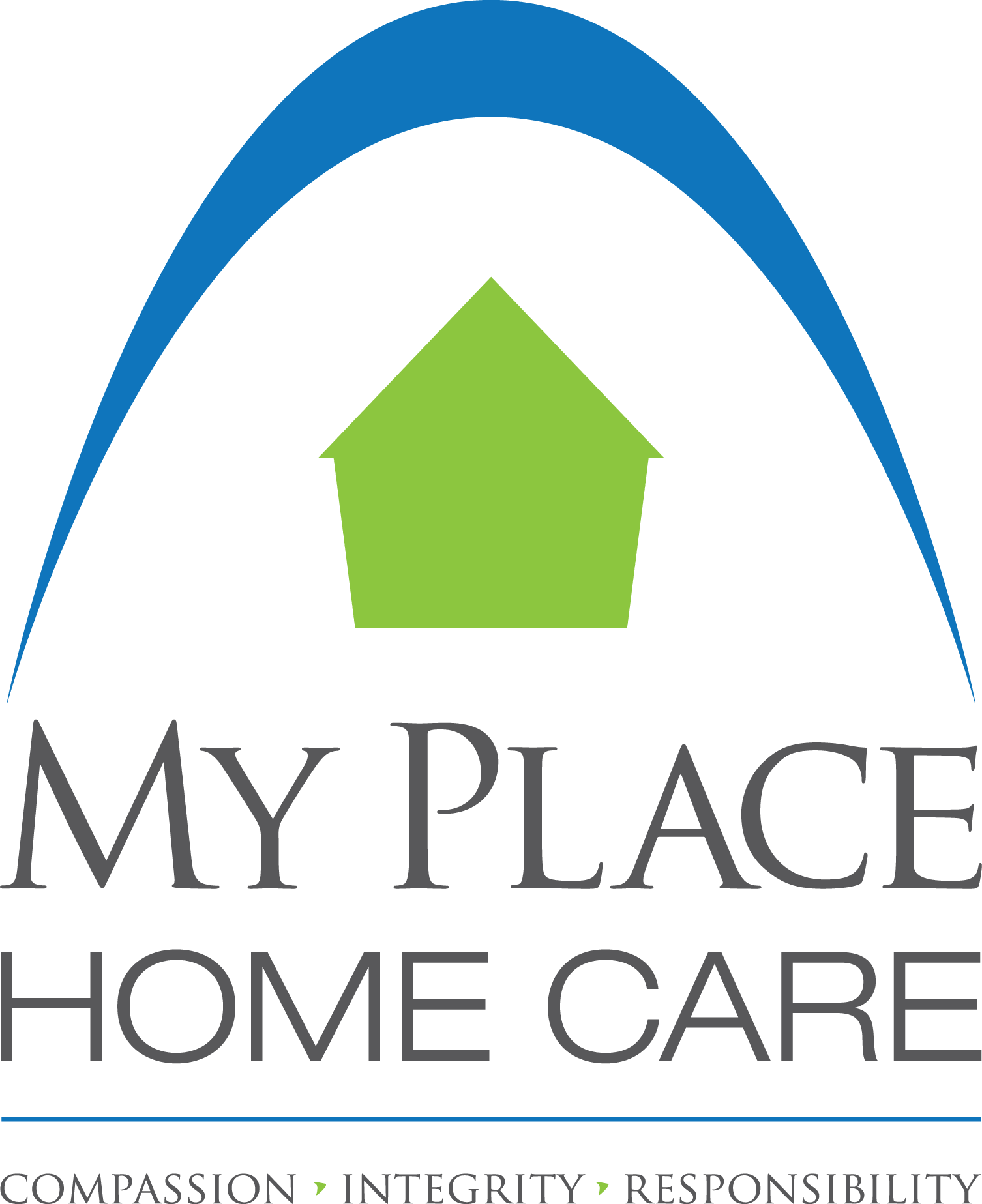
HOW TO MAKE YOUR HOME MORE ACCESSIBLE
Making a home more accessible is essential for individuals with mobility challenges, disabilities, or those who want to age in place. Accessible homes promote safety, independence, and comfort. Here are some effective ways to enhance home accessibility:
1. Entrance and Exit Modifications
Installing ramps to the doorways of the home to accommodate wheelchairs, walkers and individuals with limited mobility can make all the difference. Typically outdoor entrances/exits will have a height difference between the porch or steps and the floor in the home. Adding a threshold ramp to your entrances/exits can make a really difference for someone using a wheelchair or walker. Another useful adjustment that can make your home more accessible is widening the doorways. This is particularly helpful enhancement especially for persons with wheelchairs as making it through a traditional door can be difficult. In addition to having widened doorways, having a more open living area can allow for easier movement. This can be as simple as decluttering the area and limiting furniture to what is needed. Another great way to improve accessibility is to replace traditional door knobs with lever-style handles and if possible installing automatic door openers.
2. Bathroom Accessibility
Bathrooms can be quite small and perhaps not have the ideal layout for persons with assistive devices. 80% of falls in the home happen in the bathroom due to slippery and wet surfaces. A few additions you can add to your bathroom to reduce your risk are a grab bard, non-slip mats, raised toilet seats, a shower chair and adjustable showerheads. If it is within your budget, changing out a traditional tub for a walk-in shower or walk-in shower/tub, with a low threshold will make showering a safer experience. Another adjustment that will make the bathroom a safer space is ensuring that their is enough space around the toilet for a wheelchair transfer or to accommodate a commode.
3. Kitchen Modifications
Kitchen modifications are one of the tips that are primarily based on personal circumstance. Some modifications that can be for all seniors are lower countertops, pullout shelves, automatic or single lever faucets and appliances such as front loading washers and dryers. The lower countertops and front loaded washer and dryer will allow you to remain seated while performing routine activities. Having pullout shelves will make it easier to find what you are looking for while avoiding moving heavy dishware. automatic or single lever faucets as opposed to knob style faucets can save your hands and make life easier.
4. Flooring and Stairs
Slips, trips and falls can happen very easily so it is in everyone’s best interest to avoid a few things in the home. This includes using non-slip flooring materials, avoid high-pile carpets and reduce or eliminate the height of thresholds between rooms to create a smooth transition. Slips and falls can often occur on the stairs which is why it is important to at least have sturdy handrails on both sides of the stairs. In the case it is necessary for your mobility needs, having a stairlift or chairlift installed will ensure your safety while using the stairs.
5. Lighting and Electrical Modifications
Falls in the home can often happen when in a poorly lit area of the home. Enhancing the lighting in your home will help improve visibility. In the case that lighting is still poor in some places, using task lighting in key areas can reduce darkness. Along with enhanced lighting, utilizing smart home technology will allow you to control the lights, thermostat and appliances via voice commands or a mobile app. If you are not comfortable with the smart home technology, lowering the light switches to accommodate being in a seated position can be helpful by your favourite couch or chair or if you are in a wheelchair.
6. Bedroom and Living Area Modifications
The easiest way to make your home more accessible is to create clear and wide paths in your living spaces. You will want to do this in rooms you use frequently such as your bedroom and living room. Consider having an adjustable bed that can be raised and lowered for comfort and ease of use. In addition, limit furniture to what is necessary in your bedroom such as your bed, night table and dresser. In your closet, consider using lower closet rods and shelves for easier access or pull down rods for high hanging clothes. For your living room, having furniture of wheels can help create a wider path when needed and furniture arrangement becomes much easier. Another consideration is decluttering the area to ensure slips, trips and falls are less frequent.
Conclusion
Creating an accessible home environment involves thoughtful planning and modifications that cater to the specific needs of the residents. By making these adjustments, individuals can enjoy greater independence, safety, and comfort in their living spaces. Visit our home medical equipment and supplies page to find out how My Place Home Care can help you make your home more accessible.

